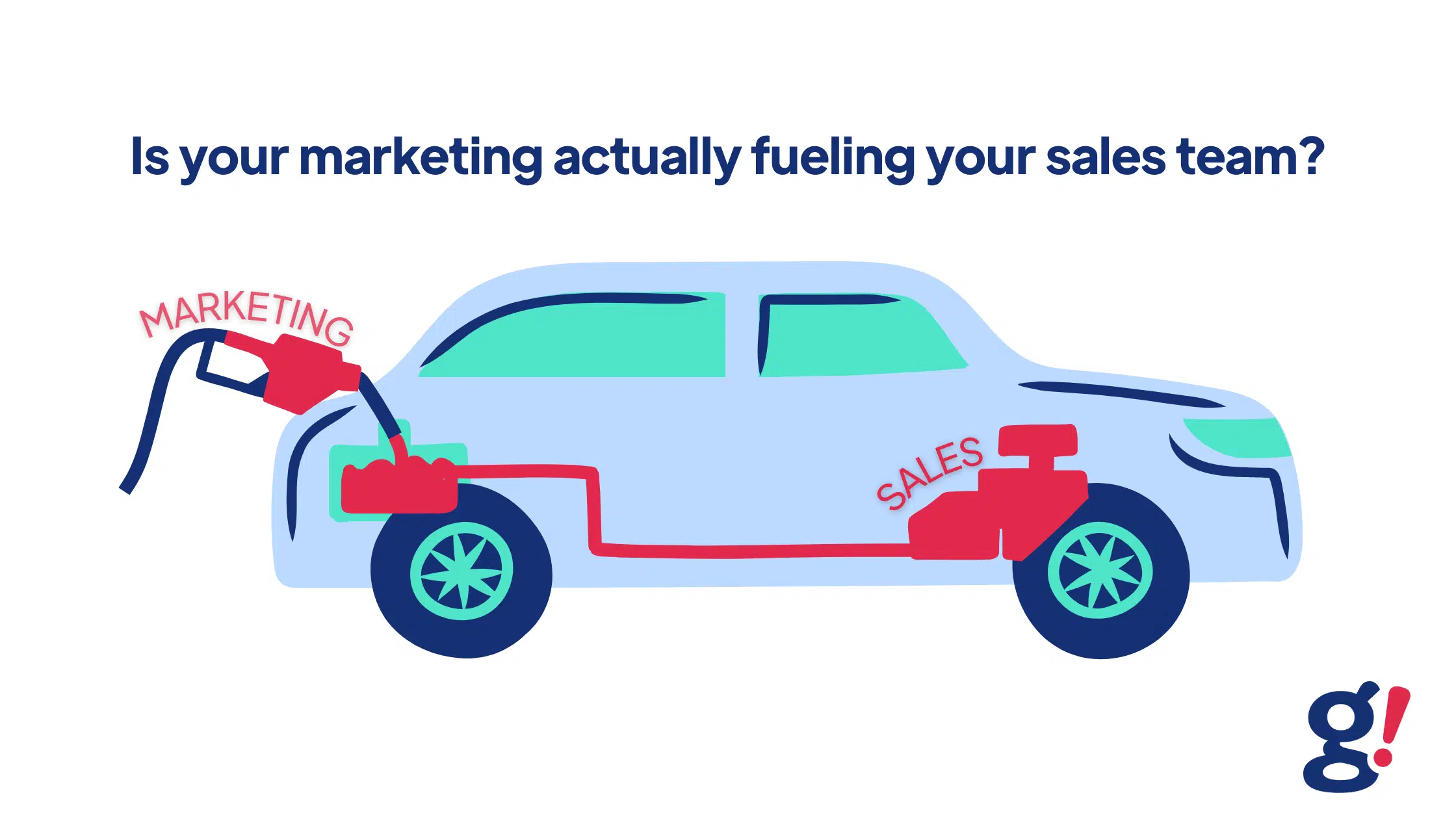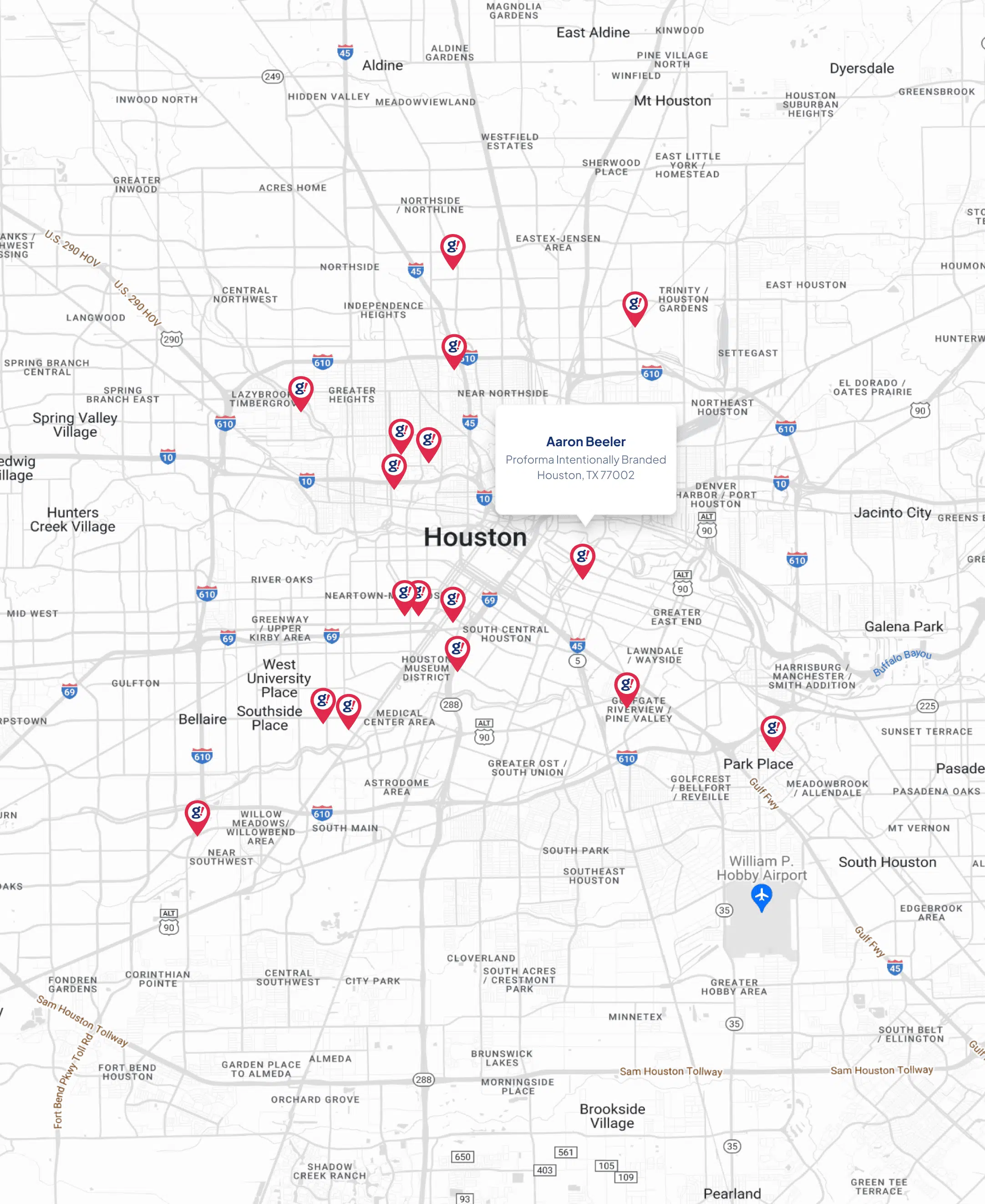In 2023 alone, over 10,000 startups launched “AI-powered” tools. But peel back the curtain, and you’ll find that most of them had something in common: they were just wrappers. A polished interface built around an OpenAI or Anthropic API. Useful? Absolutely. Sustainable? Not even close.
At gotcha!, we’ve used these models too. We’ve integrated GPT into our products like g!Stream™ and g!Chat™. And there’s no denying the initial power and ease of using someone else’s intelligence. But let’s be honest: renting intelligence is not the same as owning it. And as with any rental, you’re only one price change or policy shift away from losing your edge.
But I learned early on, back in 2012, that if I wanted to control the quality, I had to be the manufacturer. That’s why we’re not stopping at wrappers. We’re building our own AI.
The Wrapper Era: Useful but Fragile
It made sense at first. Developers needed fast wins. Investors wanted to see AI on the roadmap. The result? A tidal wave of startups launching thin layers over the same handful of APIs. Products like Jasper, Notion AI, Copy.ai, and countless vertical-specific tools (for legal, real estate, coaching, etc.) flooded the market. They brought short-term productivity gains and investor buzz—but under the hood, they were all powered by the same brains.
The problem? When everyone uses the same model, the only differentiator is UX and prompt engineering. That’s not a moat. That’s a race to the middle. When the cost of switching is low and the intelligence isn’t yours, the competitive advantage is fleeting.
There’s also another reality: the AI API providers are evolving their own platforms. They’re not just your vendor; they’re also your competitor. That’s not a game you win by playing it safe.
Owning the interface is not the same as owning the intelligence.
Most companies today feel like they’re innovating because their app can write an email or summarize a report. But the underlying intelligence, memory, and logic? That lives elsewhere—on someone else’s infrastructure, tied to someone else’s roadmap, pricing model, and vision.
Let’s draw a parallel: in the early days of web hosting, renting a server was revolutionary. But today, enterprise players build their own infrastructure for scale, performance, and control. AI is heading the same direction.
When you’re renting a server, you risk downtime. When you’re renting someone else’s mind, you risk obsolescence. Who wants a wrapper when being the source is more viable?
Introducing gia™: Our Own Brain.
Enter gia™, our General Intelligence Assistant. It’s not a chatbot. It’s not a help desk interface. It’s the foundation of an intelligent, evolving business operating system that understands context, memory, tools, workflows—and most importantly—goals.
Gia will become the connective tissue between our retail products, clients, data, and internal teams. It’s designed to reduce friction, increase accuracy, and eventually perform key tasks autonomously—under human supervision when necessary.
Here’s how we’re building it:
Foundations
We’re training and deploying open-source models like Mixtral, LLaMA, and eventually our own fine-tuned variations. These models are run locally on high-performance GPU workstations. This allows us to:
- Maintain sovereignty over our intelligence
- Control latency and performance
- Protect sensitive data
- Reduce recurring cloud costs
The hybrid model also lets us blend local inference with APIs (like OpenAI, Claude, Google Gemini) when needed for specialized use cases. But the core intelligence lives with us.
Connective Tissue
Gia connects to the tools we use every day: Google Workspace, Slack, Stripe, SEMrush, QuickBooks, HubSpot, Zapier, internal dashboards, and more. It doesn’t just access data. It interprets it, acts on it, and orchestrates workflows across platforms. This turns our data from a static archive into a dynamic engine of action.
Memory and Feedback
One of the key limitations of API-wrapped AI is memory. Gia uses vector databases and embeddings to retain long-term memory of interactions, preferences, workflows, and company context. This gives us a truly personalized AI that gets smarter with use.
We’re also integrating a human feedback loop to continuously fine-tune its behavior—like training an employee over time.
Personality and Agency
Gia adapts to the user. It responds differently to our product manager than it does to a developer or an executive. It respects workflows, roles, and company logic. It’s not a generic chatbot—it’s an evolving digital teammate with a defined purpose, voice, and decision-making structure.
At the center of gia is our Human Intelligence / Artificial Intelligence framework—HI/AI. We believe AI must work with people, not instead of them. AI handles the volume. Humans handle the nuance.
This system allows us to:
- Set escalation thresholds when AI confidence drops
- Route decisions based on business logic or ethics
- Ensure oversight, control, and accountability
Gia isn’t replacing our team. It’s extending it.
Why Most Companies Won’t Do This
Most companies won’t take this route—not because it isn’t possible, but because it’s hard. Building your own AI system means investing in infrastructure, research, experimentation, and failure. It means hiring or training real AI engineers, not just prompt designers. It means thinking like an OS architect, not a product manager.
It also means resisting the temptation to settle for good enough. We’ve seen too many teams stall after deploying a wrapper that “does the job” but stops learning.
But here’s the truth:
The difficulty is the barrier to entry. The complexity is the value.
Companies who push past the UI layer and down into model logic, data orchestration, and workflow integration will build something far more powerful than a single product—they’ll build a capability.
What This Means for Our Clients
The implications are huge. As we build gia into our own ecosystem, our clients will benefit from:
- Autonomous change management across all website, hosting, and marketing systems
- AI-generated campaigns that launch based on customer behavior, seasonality, or sales signals
- Predictive analytics that guide decision-making before issues arise
- Integrated customer experience enhancements, from reviews to SEO to content and support
Gia will manage tasks, answer questions, anticipate needs, and evolve—just like a trusted team member. And unlike most AI tools, it won’t be generic. It will learn your industry, your business, your market.
Publishing Our Research
When asked by a recent industry leader, “Do you publish your research?”—we took it as a challenge.
Starting this quarter, we’ll begin releasing:
- Our architectural stack for GIA and why we chose each tool
- Our approach to managing local vs. cloud-based inference
- Real examples of use cases, from SEO automation to client communication
- Our agent logic framework for delegating tasks to AI and measuring effectiveness
We’re not doing this to signal virtue. We’re doing it because we believe the real AI future will be open, composable, and company-owned.
Our roadmap for gia includes:
- Fine-tuned industry-specific personas for clients in law, healthcare, retail, and manufacturing
- Creating content map and topic clusters for targeting search (Google, Bing, as well as voice and AI)
- A modular plug-in system for clients to enable or disable features like billing, reporting, or marketing
- Integration with internal analytics to enable quarterly performance reviews by AI
- Real-time voice-to-action interfaces and browser-based execution agents
We want to build an AI that becomes so ingrained in your company, it’s unthinkable to operate without it—just like your best employees.
As the landscape shifts from hype to reality, the companies that win will be the ones who went deeper—not just faster.
They’ll be the ones who built internal AI systems that:
- Understand their business
- Own their intelligence
- Adapt to their workflows
- Improve with time
That’s what we’re building with gia™. Not a chatbot. Not a wrapper. A system. A mind. A partner.
Let others rent intelligence. Let them race to build prettier wrappers.
We’re building the future.








